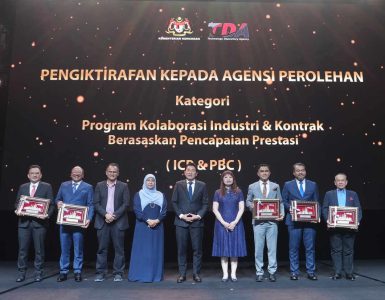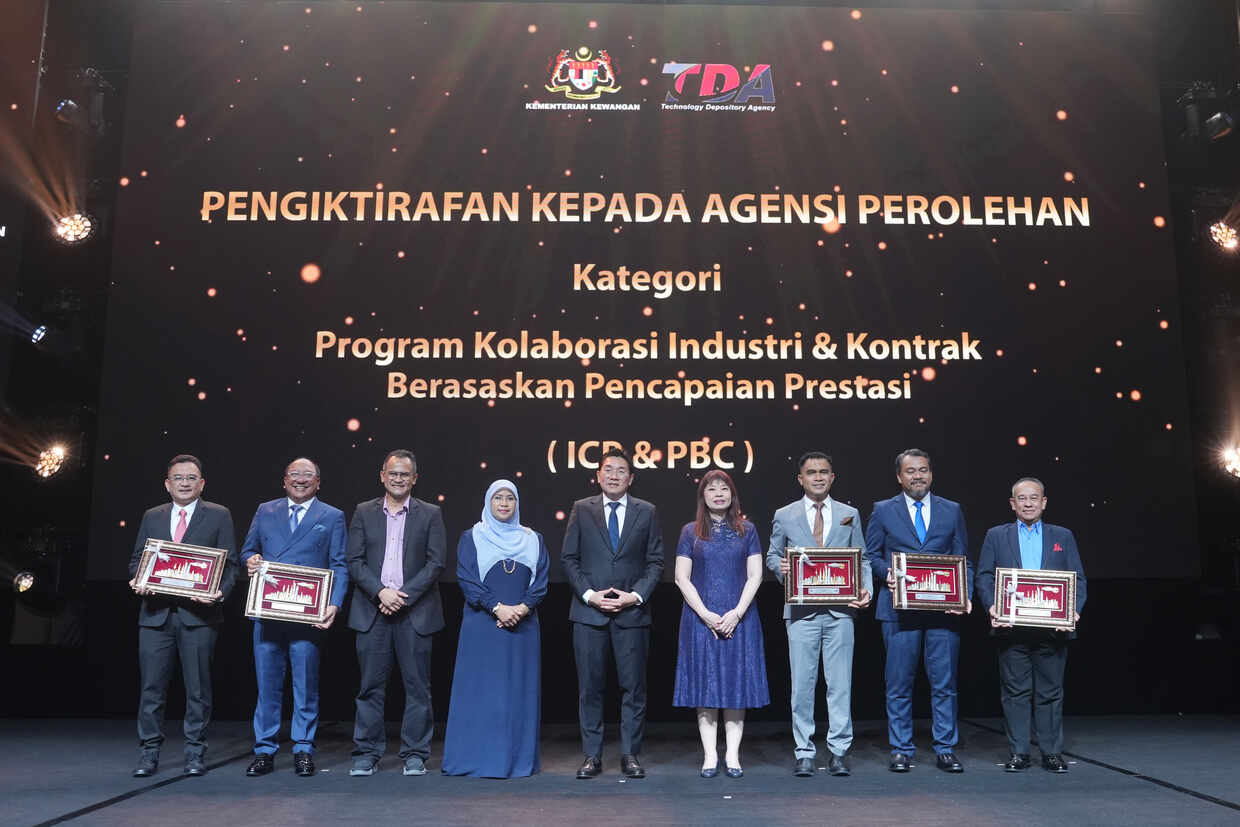
On a sunny and humid October morning, a group of citizen journalists clamber into the vehicle of our guide, Ahmad Zaini, 43, of Zaini Guesthouse in Janda Baik. With tyres gripping the gravel, he expertly engaged low-gear and the vehicle slid in a controlled manner safely down the slope and on to the river bed.
We are in Sungai Benus but where is the 10-foot deep water Zaini’s grandmother used to warn him about? As some of us get out of Zaini’s four-wheel drive, the water only splashes up to three inches of the tyres.

Zaini and his colleague Alwi Din, 42, are concerned about Sungai Benus which is one of the main rivers in Janda Baik, located about an hour’s drive from Kuala Lumpur. Both tour guides grew up in Janda Baik. They love the area and are proud to show tourists its natural beauty.
What is causing them anxiety is the development that is happening in and around Janda Baik, often with dire consequences for their natural environment.
What is at stake?
Janda Baik is a small and beautiful kampung at the confluence of the Benus and Ceringging rivers. The bubbling Sungai Benus offers visitors a cool place to dip in. At the same time, Janda Baik’s high altitude and cooler clime provides respite from bustling city life.
Zaini and Alwi are not the only two locals who are worried that all this is changing because of development.
Another local, Mohd Fauzi Abd Latif, 41, who is the owner of Cherengin Hills Convention and Spa Resort, notes that among other things, that development in Janda Baik has resulted in the deteriorating water quality of Sungai Benus.
For example, hill slopes have been cleared for homes and farms, and in some instances, without any kind of buffer between the cleared hill slope and the river. Rain causes sedimentation run-offs into the river, causing the river to become shallow. Landslides are also a possibility without any measures to protect an exposed slope.


The water levels in Sungai Benus have also been further reduced by those who use rubber pipes to siphon off river water for their own domestic consumption. Plus, the impact of El Nino has caused drier weather in some years, thus affecting the water level of the river.

For certain, what is happening in Janda Baik is not unique. In 2008, the Department of Environment found that 47 percent of the country’s rivers were polluted. It cited an increase in polluting sources and a decrease in rainfall as the causes. Some pollution was due to “earthworks and land clearing activities,” the department noted.
Other pollutants
With the increased number of urban tourists and rising population of Janda Baik, rubbish is also becoming a problem. Rubbish is strewn indiscriminately, adding to the pollution and the stench of rotting waste on the landscape.

Farming is another concern in Janda Baik. If the farms are organic, the farmers are quick to announce so. The rest, however, may be guilty of introducing agricultural wastes which become a health hazard when transmitted to the fish in the river.
When river water is degraded, there is a social cost, as biodiversity is affected and the species of fish, plants and other wildlife become endangered. In addition, the habitat’s aesthetic and recreational values are lost leaving local and foreign tourists deprived of Janda Baik’s vast natural beauty.
Development provides a Catch-22 situation. More deforestation for resorts and farms means more ‘economic’ activity but less river water. Combine human waste, agricultural pesticides and fertilisers with reduced river water, the question to ask is, do we value our natural environment? And if yes, why aren’t we placing a higher price on it?











